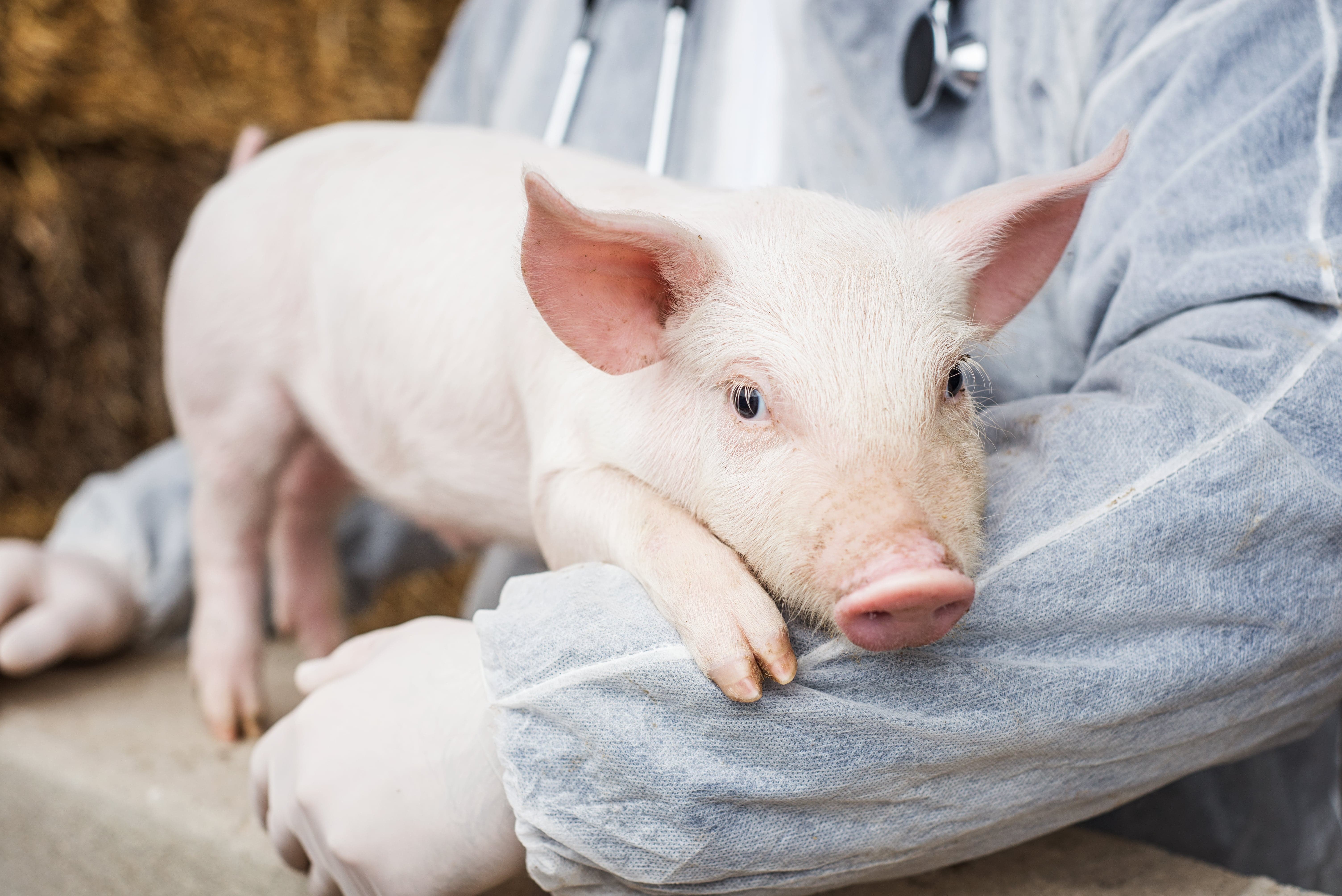Antibiotics Insights
February 1, 2017



Changes long on the horizon are now at the doorstep. They have fully arrived for the U.S. and are coming soon for Canada. Here's what you need to know:
The U.S. Food and Drug Administration (FDA) has implemented new Veterinary Feed Directive (VFD) regulations (i.e. the VFD final rule). These regulations bring new requirements for how antibiotics considered “medically important” for humans can be legally used in feed or water for food-producing animals.
The VFD only covers antibiotics delivered through feed and water. It does not cover antibiotics delivered via injection. The VFD only applies in the U.S., though new rules are also being pursued in Canada.
The approach has been driven by increasing scrutiny of antibiotics use in animal agriculture that has reached a high point over the past decade. A lot of the initial scrutiny was focused on the growing problem of antibiotic resistance and the belief that an over reliance on the use of medically important antibiotics in livestock production that is undermining and effectiveness and lifespan of drugs important to human medicine.
Additionally, there has been growing sentiment in society and the marketplace that antibiotics use in animal agriculture should not be done for purely production purposes. Rather, livestock operations should apply practice changes that help reduce reliance on antibiotics and any use should only be done to address specific health issues when deemed necessary by a veterinarian.
The stated purpose of the VFD final rule is to mandate “judicious use” of antibiotics in livestock production. The bottom line is there is now much greater restriction on what antibiotics can be used and how they can be used. Fewer options are available and producers now need veterinary approval / oversight for any antibiotics use in feed and water.
A complete list of affected applications is available on the FDA website.
Affected classes of feed-use antimicrobials include aminoglycosides, diaminopyrimidines, lincosamides, macrolides, penicillins, streptogramins (including virginiamycin, sulfas and tetracycline Affected classes of water-use antimicrobials include aminoglycosides, lincosamides, macrolides, penicillins, sulfas and tetracycline.
It’s important to note that certain antimicrobials – including avilamycin, florfenicol, tilmicosin and tylosin – had already required a prescription or a written VFD statement.
New restrictions on antibiotics use for livestock are also coming for Canada during 2017 but it is not yet clear how closely they will follow the U.S. approach. The process overseen by Health Canada is currently in a consultation phase with more details expected to emerge during several additional phases during 2017.
Health Canada has indicated that objectives include working to phase out growth promotion claims on all antimicrobial drugs used in food production. Proposed changes would also reinforce or increase requirements for veterinary oversight, restrict the importation of some veterinary drugs used in livestock and require drug manufacturers to follow stricter rules.
What is the best way to prepare?
Information on preparing for the new regulations is available from a variety of sources, including producer organizations and government. A list of helpful links is provided at the end of this document.
Producers affected by the new rules are advised to consult with their veterinarians and to examine their current antibiotics use to see what practices they may need to change. Producers are also advised to consider what alternative approaches can help them reduce reliance on antibiotics without sacrificing production.
For example, options include strengthening use of:
Sources: U.S. Food & Drug Administration Veterinary Feed Directive (VFD) resources page; Health Canada’s Canada Gazette resources page on Regulations Amending the Food and Drug Regulations (Veterinary Drugs – Antimicrobial Resistance).

